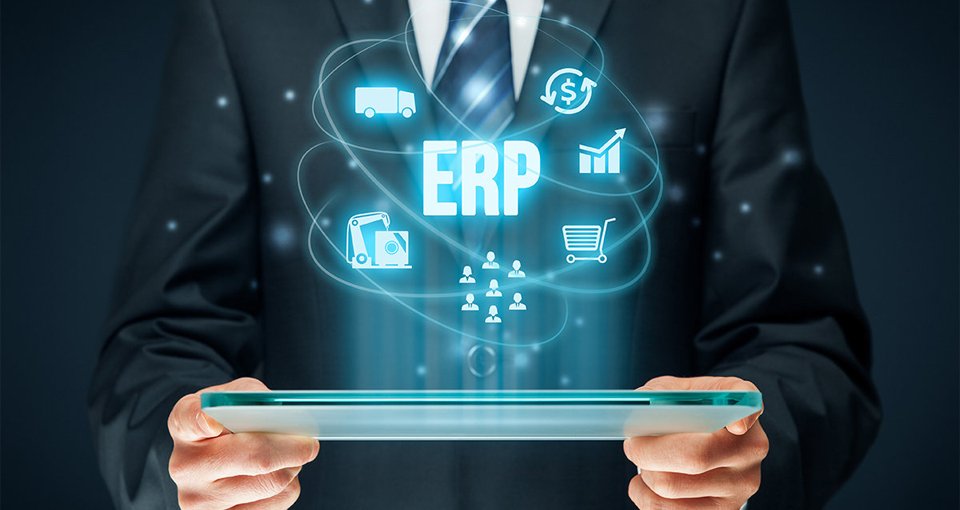ERP System Implementation and Plan
Enterprise Resource Planning (ERP) can be a very complex operation that affects many parts of all Businesses. In simple terms, an ERP amalgamates many functions across a business such as human resources, financial management, sales, and manufacturing, in order to increase productivity and efficiency.
Approaches to implementing ERP system:
Commonly, there are three approaches to implementing a new ERP system:
Enterprise-wide installation:
If you are going to adapt this approach make sure to clearly outline the ways how a new ERP system will be an improvement of existing software, and make sure to provide training sessions to the employees so that they can become friendly with the new system. If your top employees are behind the update of the cloud ERP software and help the staff to make a smooth transition with the updates. You will go a long way towards helping your company achieve desired goals by installing a successful ERP.
Unit-by-Unit:
This is a common approach among large and diverse companies where there are not many common processes across the business. Some processes don’t vary much across the company like- bookkeeping, financials, HR but still are installed across the system, with the exception of the pilot department that has its own separate ERP system and database. Once the company feels comfortable with the successful installation of the system, the pilot team uses it as an in-house customer reference to sell other units. This process can be time-consuming but is very efficient as it leads to employee acceptance.
Key-Process installation:
Smaller companies usually opt to focus on a few key processes for their initial ERP installation. For sample- they may choose to use the ERP application’s financial module and add others later when the business grows. Traditional ERP implementation systems caused problems down the road for this type of installation, as they required choice to be made at the time of installation, which was not easy to change later. Although it is a viable approach.
ERP implementation: Process
The implementation of ERP includes the following steps-
- ERP software implementation
- Setting and configuring options
- Transfer of financial transaction data from the old system
- Setting up users (employees) with a defined roles, EPR access, and security settings.
- ERP setting training for end-users.
Depending on the methodology that a business follows and the size of the business ERP implementation process can take from 2 months to a one-two years time, or even more depending on the dynamics and scenarios of business.
What are the Phases of an ERP implementation plan:
A typical ERP implementation planning can be fractionated into six phases each with a specific goal. Every business is unique so the steps may vary or even overlap-
1. Discovery & Planning- This phase includes researching relevant datasets and choosing the system, building up the project team, and detailing all the system requirements.
2. Design: The design phase includes understanding the current workflow to develop a detailed design for the new ERP system. It’s very important to include the user in the process because they have an intimate understanding of business processes. Evolving them in the designing process ensures that they will welcome new changes and take full advantage of them.
3. Development: It includes configuration and customization of software to support redesigned processes. It also includes evolving combinations with any of the organization’s other existing business applications that won’t be replaced by cloud ERP software. If you are using an ON-Premise ERP system the organization will need to install the required hardware and software.
4. Testing: Development and testing both phases can work simultaneously. The project team can test a specific module and feature, then create fixes and adjustments, also based on the results, and can make alterations.
Another fun fact is that a project team can test a module while developing a different module. Yes, this is possible! That’s why both are simultaneous processes.
5. Deployment: That’s the most awaited day, you have been waiting from the day of start. Yes, it’s time to go live. Seeing the real issues or challenges because there may be some potential alterations needed to be included or excluded from the system to run the organization smoothly.
6. Support and Updates: Nurturing your ERP implementation after deployment keeps the user happy and helps them in achieving their anticipated goals. The project team will still be responsible for the ERP system. But this time they will have to listen to the user’s feedback and adjust the system accordingly even after deployment.
Overview:
ERP software is a part of the IT sector which in the present time of growing business and fast paced work environment is considered a multi-billion-dollar industry because of its usefulness and success.
Enterprise Resource Planning is an automated software that helps companies to manage, store and use data regarding their daily processes. ERP can also be an asset to keep track of wealth of information including accounting, raw materials, business commitments, production capacity, purchase order, supply chain.
Read also – More useful software And Review Articles
